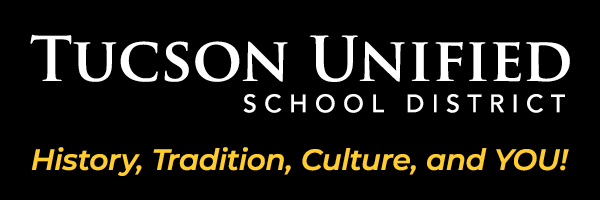Geometry Course
Question 1: How can algebra be used to prove geometric theorems?
Question 2: What relationships among angles, sides, and other segments in triangles and polygons are always true?
As the school year began, we stepped into the captivating world of geometry, where shapes danced, and secrets of congruence awaited to be uncovered. In the first quarter of our geometry course, we embarked on an exciting journey exploring the concepts of congruence, proof, and constructions. We began by learning about the foundational undefined terms in geometry, such as points, lines, and planes, which served as essential building blocks for understanding more complex concepts. As we delved into transformations, we discovered how shapes could be rotated, reflected, and translated, likening these actions to our favorite video games where characters change direction and position. We engaged in hands-on activities to construct geometric figures using compasses and straightedges, realizing that precision in construction was akin to following a recipe to achieve a desired outcome. Throughout the quarter, we tackled essential questions about transformations and congruence criteria, such as Side-Angle-Side (SAS) and Angle-Side-Angle (ASA), which helped us develop problem-solving skills. By the end of the quarter, we had not only built a solid foundation in geometry but also gained a newfound appreciation for the subject, eager to continue our mathematical journey.

As the second quarter unfolded, we plunged into the thrilling intersection of algebra and geometry, discovering how the coordinates on a graph could unlock new dimensions in our understanding of shapes and relationships. We continued our mathematical adventure by connecting the foundational concepts of congruence and transformations explored in the first quarter to the exciting realm of algebra and geometry through coordinates. Building on our understanding of rigid motions, we discovered how algebra could be used to prove geometric theorems and describe geometric properties efficiently, much like how we previously analyzed shapes through transformations. We learned about the relationships between slopes of perpendicular and parallel lines, enhancing our ability to visualize geometric figures on the coordinate plane. We engaged in hands-on activities that involved calculating perimeters and areas of polygons, which reinforced our skills in both geometric constructions and algebraic reasoning. As we examined congruent triangles and explored criteria such as Side-Angle-Side (SAS), we realized that the connections between algebra and geometry made solving problems more dynamic and engaging. By the end of the quarter, we had deepened our understanding of how these two mathematical fields interrelate, setting the stage for further exploration in the upcoming units.

As the third quarter began, we eagerly dove into the captivating world of similarity and trigonometry, uncovering how the relationships between shapes could reveal powerful mathematical secrets that connected everything we had learned so far. In the third quarter of our geometry course, we explored similarity, proof, and trigonometry, building on concepts of congruence and transformations from earlier quarters. With a solid understanding of congruence through rigid motions, we focused on similarity transformations, learning that corresponding angles in similar figures are congruent while sides are proportional. Through hands-on activities involving dilations and scale drawings, we applied our knowledge of ratios and proportions to solve real-world problems. The quarter also introduced right triangles, where we learned to use trigonometric ratios to find unknown side lengths and angles, further connecting geometry and algebra. By the end of the quarter, we gained a deeper appreciation for the interconnections between these mathematical concepts, preparing us for more complex challenges ahead.

As the final quarter unfolded, we eagerly embraced the challenge of exploring circles and three-dimensional modeling, ready to apply our cumulative knowledge of geometry to unravel the complexities of the world around us. In the fourth quarter of our geometry course, we explored circles and three-dimensional modeling, integrating concepts of congruence, transformations, and similarity from previous quarters. With a strong grasp of geometric properties, we learned to represent two-dimensional figures as slices of three-dimensional objects, enhancing our visualization skills. We applied our knowledge of area and volume to calculate measurements of cylinders, cones, and spheres while using principles of density. As we studied properties of circles, including arc lengths and areas of sectors, we utilized our algebraic skills to derive formulas and solve problems, demonstrating the integration of algebra and geometry developed throughout the year. By the end of the quarter, we solidified our understanding of geometric concepts and gained valuable skills in modeling real-world situations, preparing us for future mathematical challenges.

We are here to equip, inspire and enrich the strengths of all learners with relevant educational experiences for lifelong learning.
Every day we strive to provide a world-class education that is equitable, empowering and inspiring for all.
Learn more about our programs & resources.
C&I Department
520-225-6282
1010 E. Tenth St., Tucson, AZ 85719 Map (google.com)




